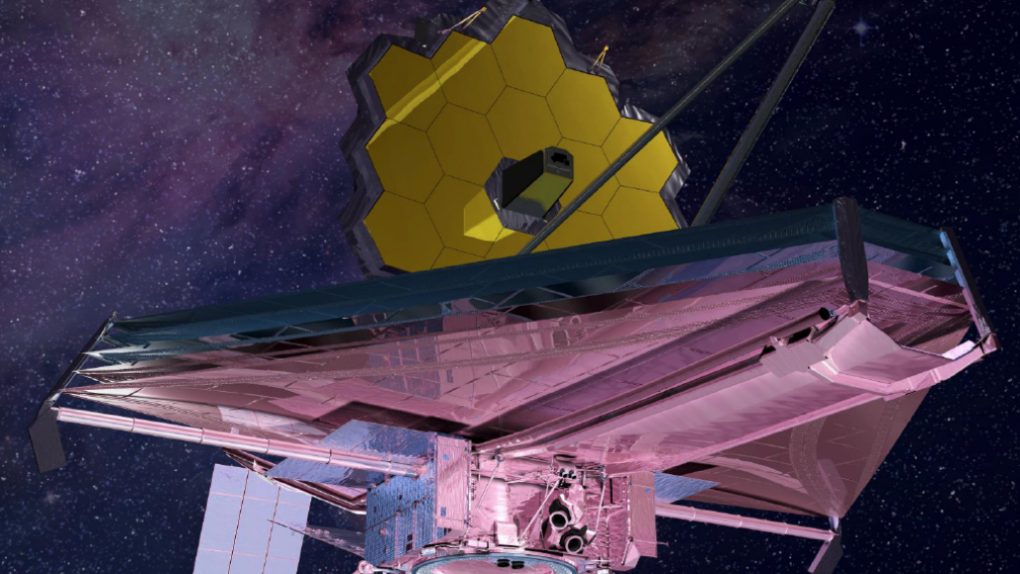When NASA finally sends its mega-powerful James Webb Space Telescope it will be the end of a long and troubled road, but it will also be the beginning of an extremely exciting time for astronomers. The telescope’s primary duty will be to sniff out exoplanets and learn more about them, potentially even detecting planets that would be suitable for human settlement after Earth.
But as NASA explains in a new blog post, learning how to properly harness the telescope’s power won’t be an overnight affair, and it’s going to need a bit of training before it can really flex its muscles. To help scientists get a handle on how the powerful instrument works they’re going to point it at larger targets first, like massive gas giant exoplanets.
“We have two main goals,” Jacob Bean, a co-principal investigator studying exoplanets, explains.” The first is to get transiting exoplanet datasets from Webb to the astronomical community as soon as possible. The second is to do some great science so that astronomers and the public can see how powerful this observatory is.”
That all sounds lovely, but first NASA has to actually get the thing into space. For a project that is eating up cash like crazy, that’s actually a lot harder than it might sound. The James Webb Space Telescope is a long, long time coming. You may have recently read about how NASA was forced to push back the launch of the telescope to 2021, but that’s really just the tip of a very large iceberg.
When the work first began on the telescope back in 1997 (!), the original launch was slated for 2007. Since then, the telescope has seen no fewer than 14 significant delays, and a cost increase from an initial budget of $500 million to nearly $10 billion. Much of this falls on Northrop Grumman, the contractor that was hired to build the telescope, and an independent review has found that countless stupid human errors like lost fasteners and incorrect cleaning agents have cost hundreds of millions of dollars to correct.
The telescope will eventually be finished (we hope) and once it is, there’s no telling what new things it might teach us about space and nearby planets. NASA promises that it will be worth the wait, and those are big words when it comes to a nearly $10 billion dollar project that is well over a decade late already. We’ll just have to wait and see.








